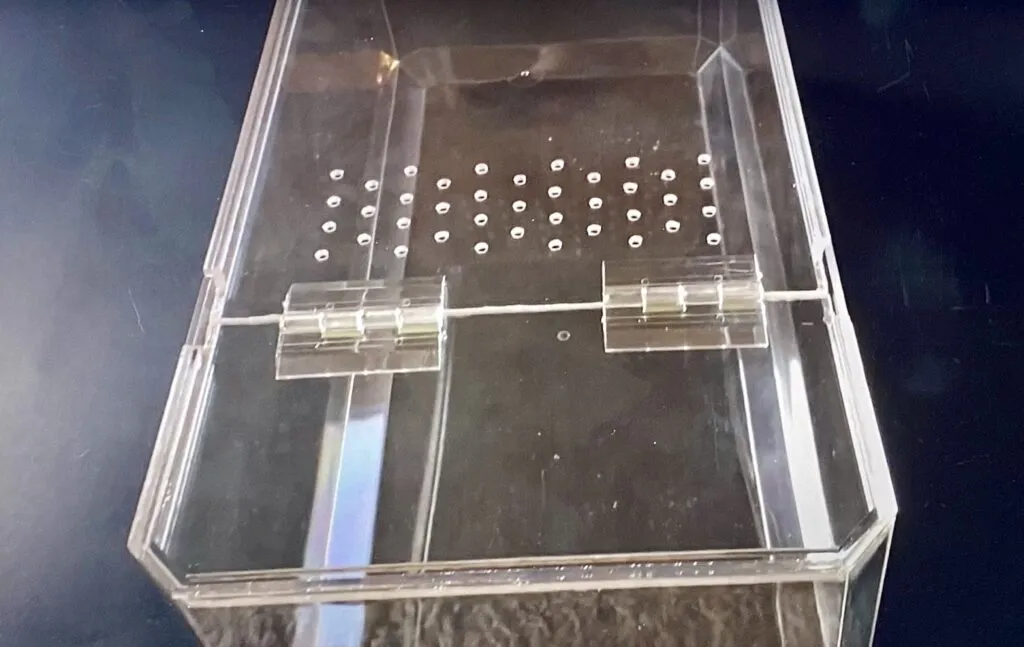What is a Tarantula Enclosure?
A tarantula enclosure, also known as a terrarium or habitat, is a specially designed environment to house your pet tarantula. It’s crucial to provide the right setup, including proper size, ventilation, substrate, and decor, to ensure your tarantula’s health and well-being. The right enclosure replicates the tarantula’s natural habitat as closely as possible, offering the spider a safe and comfortable place to live. This also allows you to observe and enjoy your pet while minimizing the risk of escapes and creating an environment that supports the tarantula’s natural behaviors, such as burrowing, web-spinning, and hunting.
Size Matters Choosing the Right Enclosure
The size of the enclosure is one of the most critical factors in tarantula care. An enclosure that is too small can restrict movement and cause stress, while an enclosure that is too large can make it difficult for the tarantula to find food and feel secure. The size should be appropriate for the tarantula’s species and size, accounting for both the spider’s terrestrial or arboreal nature. Always prioritize the tarantula’s comfort and safety when selecting the enclosure size. Proper sizing also helps with temperature and humidity regulation, creating a stable environment for your pet.
Consider the Tarantula Species
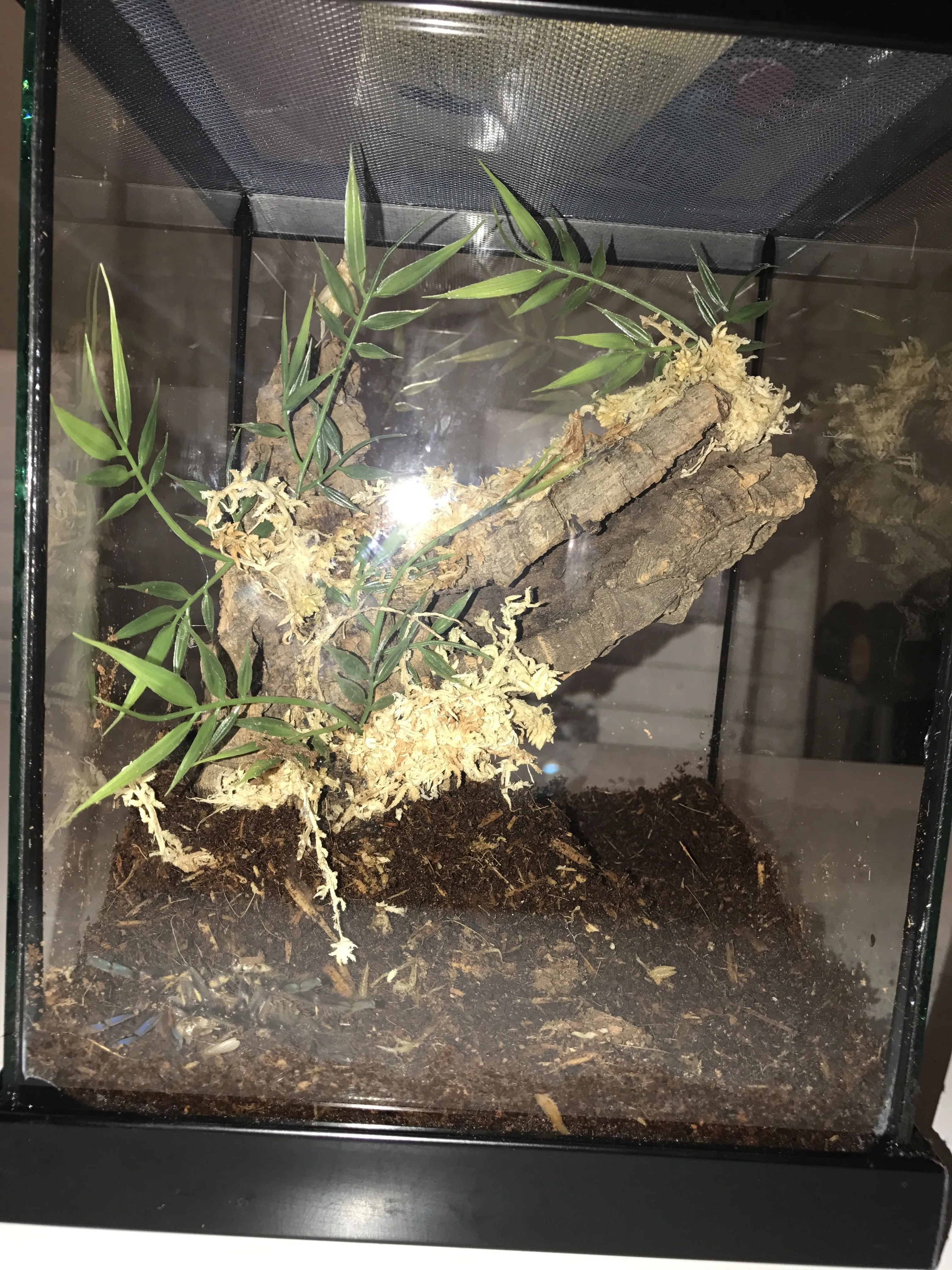
Different tarantula species have different needs. Terrestrial species, which live on the ground, need more floor space and a shallower height. Arboreal species, which live in trees, require more height for climbing and webbing. Semi-arboreal species will need a balance of both. Research the specific needs of your tarantula species to provide an ideal habitat. This includes understanding their natural behaviors, such as burrowing, hiding, and the type of web they spin. This species-specific knowledge is essential for ensuring a healthy and happy tarantula.
Size Recommendations for Different Tarantulas
For slings (young tarantulas), a small deli cup or a similar container is often sufficient. As they grow, they will need to be moved to larger enclosures. For adult terrestrial tarantulas, a 10-gallon tank (or larger) is a good starting point. For arboreal tarantulas, a taller enclosure is more important than a wide one. Consider the final size of the tarantula and ensure the enclosure allows ample space for movement, molting, and general comfort. Overcrowding can lead to stress and aggression, so adequate space is crucial for the tarantula’s well-being.
Ventilation Needs
Proper ventilation is vital for the health of your tarantula. Poor ventilation can lead to mold growth, the buildup of harmful gases, and respiratory issues for your pet. Ventilation helps to regulate humidity and prevent stagnant air, which is essential for maintaining a healthy environment. Good ventilation also helps to prevent fungal infections, which can be a serious threat to tarantulas. Without adequate airflow, the enclosure becomes a breeding ground for harmful microorganisms.
Ventilation is Key for Tarantulas
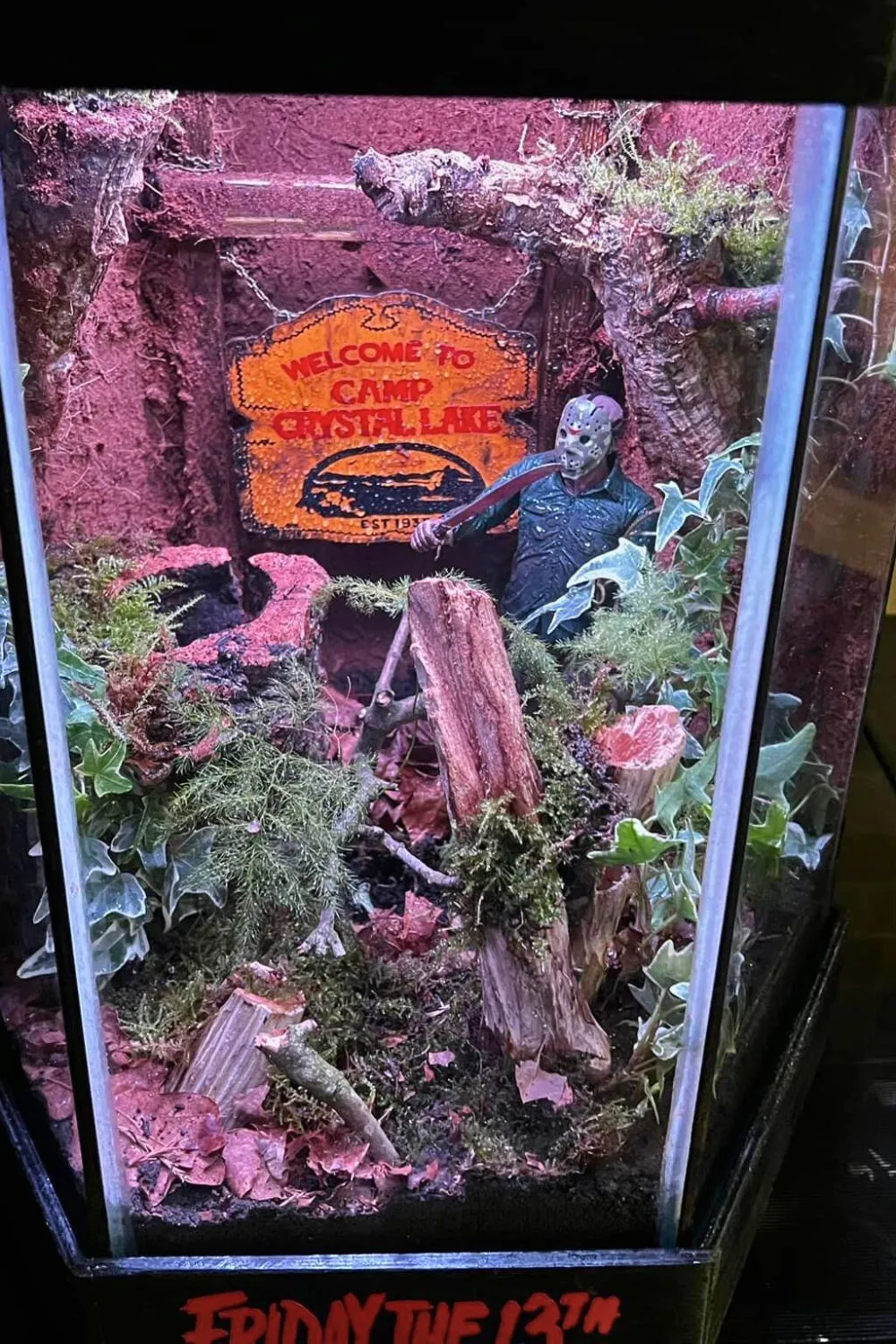
Tarantulas require a balance of humidity and airflow to thrive. Excessive humidity without sufficient ventilation can cause health problems, while too much ventilation can dry out the enclosure. The goal is to strike a balance that supports the tarantula’s needs without creating an environment that fosters mold or is overly dry. The right ventilation strategy maintains the ideal conditions for your tarantula to thrive, contributing to their overall health and well-being.
Types of Ventilation Methods
Common ventilation methods include cross-ventilation (holes on opposite sides of the enclosure), top ventilation (holes in the lid), or a combination of both. Cross-ventilation is generally preferred as it allows for better airflow throughout the enclosure. Ensure that the ventilation holes are small enough to prevent the tarantula from escaping. The placement and size of the ventilation holes should be carefully considered to prevent drafts, which can be detrimental to your tarantula’s health and comfort.
Substrate Selection
The substrate is the material that forms the floor of the enclosure. It serves several important functions, including absorbing waste, maintaining humidity, and providing a surface for the tarantula to walk and burrow on. The right substrate is essential for creating a comfortable and healthy environment. Choosing the right substrate depends on the species and their natural habitat, so consider the specific needs of your tarantula when making your selection. Always prioritize materials that are safe and non-toxic for your pet.
Importance of Substrate
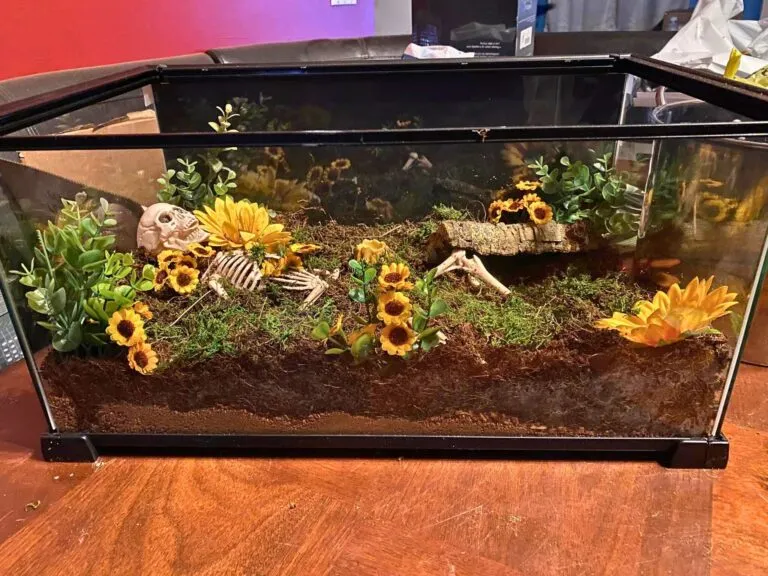
A good substrate helps to regulate humidity levels, which is crucial for tarantula health. It also provides a natural environment for burrowing species, allowing them to exhibit natural behaviors. The substrate also helps to absorb waste, which helps to keep the enclosure clean and hygienic. It also acts as a cushion, protecting the tarantula if it falls. The right substrate creates a safe and comfortable environment that supports the tarantula’s physical and psychological well-being.
Types of Substrates
Common substrate options include coconut fiber (eco earth), peat moss, vermiculite, and a mix of these materials. Coconut fiber is a popular choice because it retains moisture well and is safe for tarantulas. Peat moss is also a good option, but it can be slightly acidic. Vermiculite is often used to increase humidity. Consider the specific humidity needs of your tarantula when making your choice, as different substrates have varying moisture retention properties.
Benefits of Different Substrates
Coconut fiber is excellent for maintaining humidity and is readily available. Peat moss offers good moisture retention and can support burrowing. Vermiculite can be mixed with other substrates to enhance humidity. A mix of substrates can provide the benefits of each material, allowing you to customize the environment to meet your tarantula’s specific needs. Consider the species’ natural habitat when choosing a substrate to create the most appropriate environment for your tarantula.
Hiding and Decorating the Enclosure
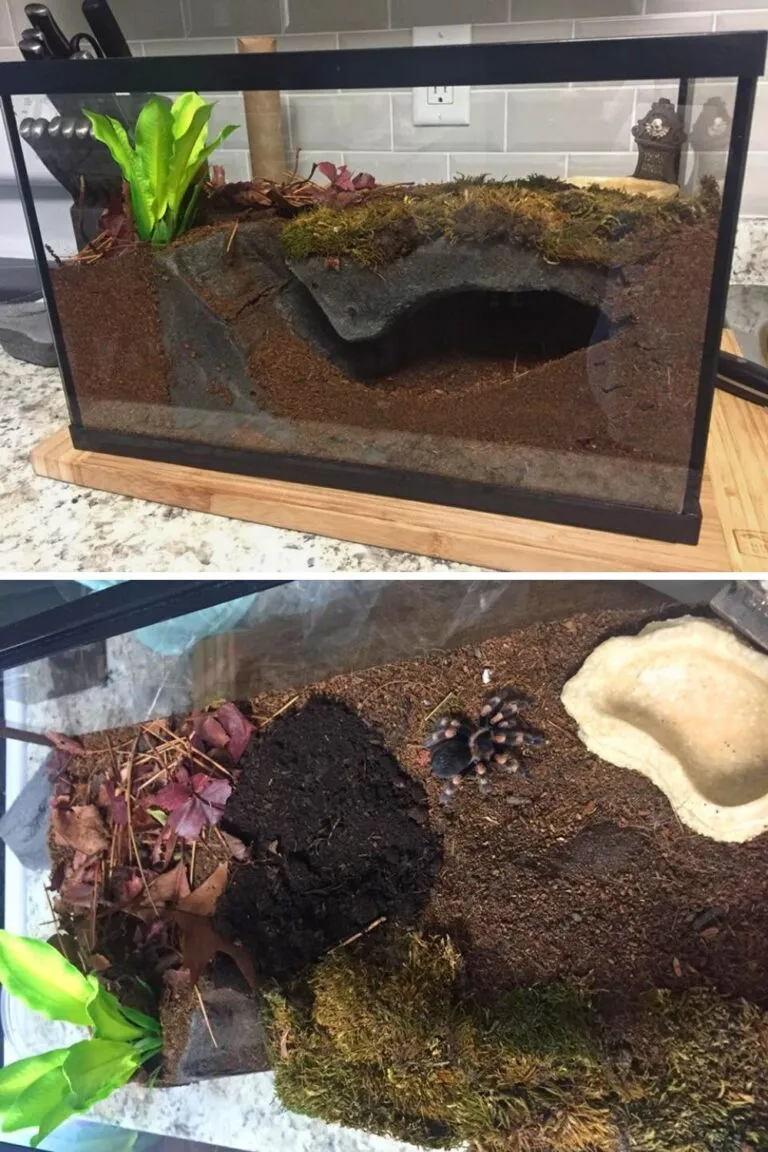
Providing hiding places and appropriate decorations is essential for creating a comfortable and stimulating environment for your tarantula. Tarantulas are naturally reclusive animals and need places to retreat to feel secure. Decorations also enrich the enclosure and provide environmental enrichment, which can help to reduce stress and encourage natural behaviors. The right decor can help your tarantula thrive by providing a sense of security and stimulating their natural instincts.
The Importance of Hiding Places
Hiding places reduce stress and allow the tarantula to feel safe. They also provide a retreat from direct light and potential disturbances. A hide can be as simple as a piece of cork bark, a hollow log, or a commercially available spider hide. The hide should be large enough for the tarantula to fit comfortably. Providing appropriate hiding spots is crucial for the psychological well-being of your tarantula. When a tarantula feels safe, it is more likely to display its natural behaviors and be less prone to stress.
Decorating Your Tarantula’s Enclosure
Decorations add visual interest and enrich the environment. Consider adding artificial plants, branches, or rocks to create a more natural-looking habitat. Ensure that all decorations are clean, non-toxic, and do not have any sharp edges that could injure your tarantula. Choose decorations appropriate for the species and its natural environment. The right decorations can provide opportunities for exploration and encourage natural behaviors, such as web-spinning and climbing.
Essential Decorations
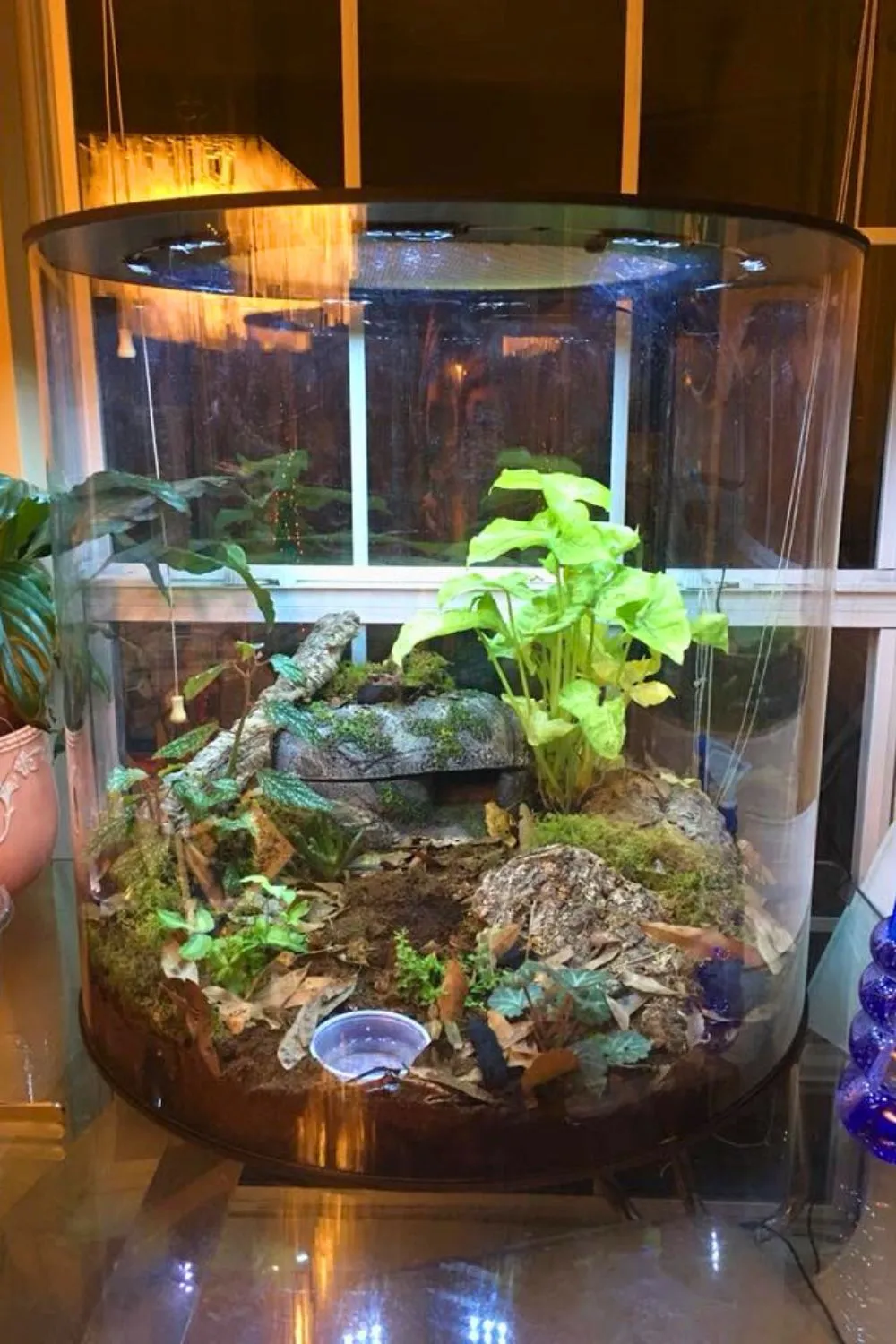
Cork bark is an excellent choice for hides and climbing surfaces. Artificial plants can help to maintain humidity and provide visual interest. Shallow water dishes are essential for providing a source of water. Ensure that the decorations are securely placed and do not pose a risk to the tarantula. The choice of decorations should be based on the species’ needs and preferences, creating an environment that is both safe and enriching for your pet.
Temperature and Humidity Control
Maintaining the correct temperature and humidity levels is critical for the health and well-being of your tarantula. Tarantulas are ectothermic, meaning they rely on their environment to regulate their body temperature. Humidity is also essential for their molting process and overall health. Monitoring and controlling these environmental factors is a key aspect of tarantula care, ensuring your pet lives a long and healthy life. Careful attention to these parameters is critical for the spider’s health and survival.
Temperature and Humidity Requirements
Most tarantulas thrive at temperatures between 70-80°F (21-27°C). Humidity requirements vary depending on the species; tropical species require higher humidity than desert species. Research the specific needs of your tarantula species and adjust the enclosure environment accordingly. High humidity is generally achieved by misting the enclosure or providing a water dish. Maintaining the proper temperature and humidity will create the ideal environment for your tarantula to thrive, contributing to their overall health and happiness.
Monitoring Tools and Techniques
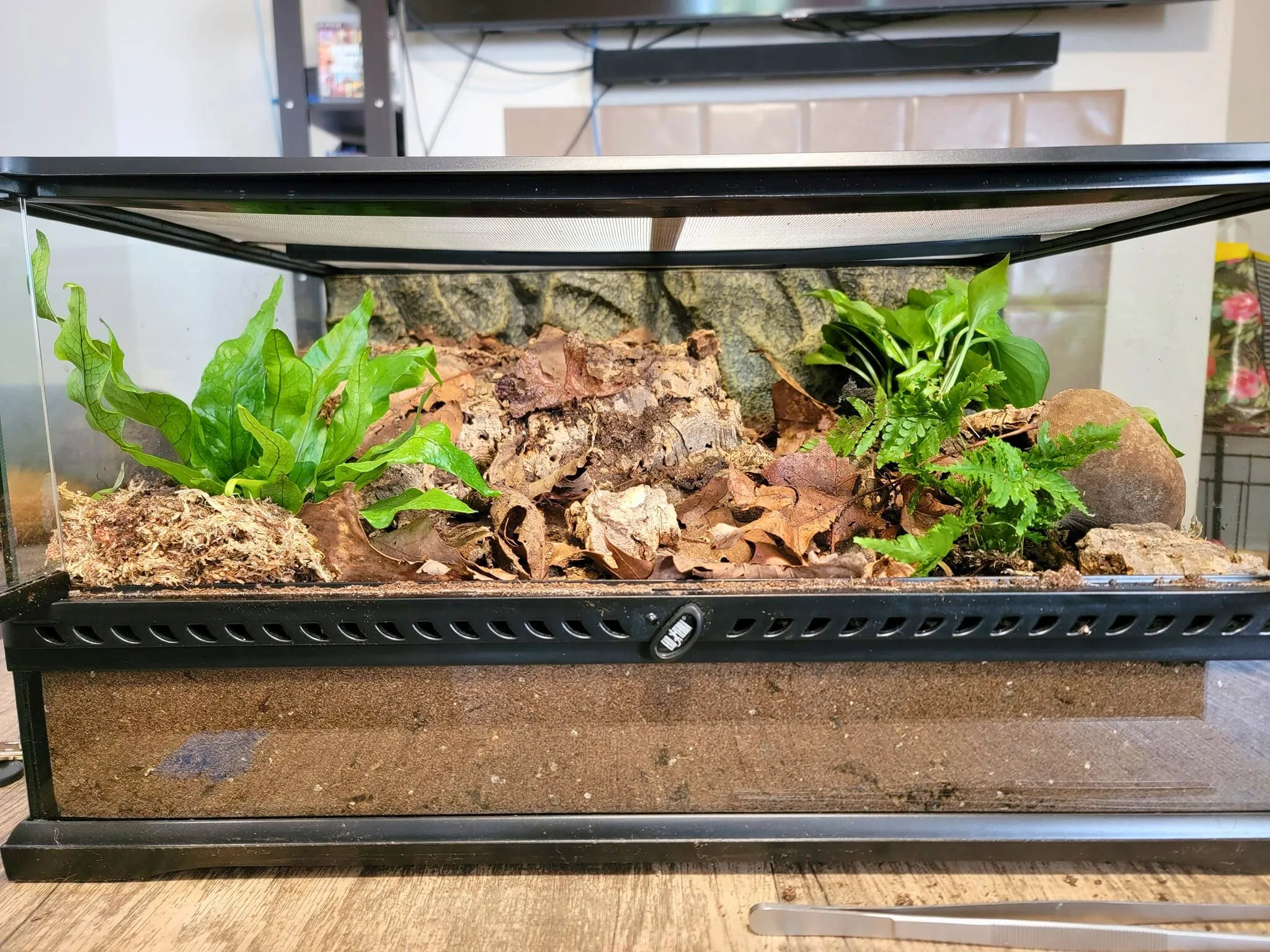
Use a thermometer and hygrometer to monitor temperature and humidity levels. Place these instruments inside the enclosure for accurate readings. Adjust the heat source (if necessary) and misting schedule to maintain the desired conditions. Regular monitoring helps you to identify any fluctuations in temperature or humidity and take corrective action. Consistent monitoring enables you to create and maintain a stable and healthy environment for your tarantula, ensuring its comfort and well-being.
Maintaining the Enclosure
Regular maintenance is essential for keeping the enclosure clean and healthy. This includes cleaning the enclosure, providing fresh water, and feeding your tarantula appropriately. Proper maintenance practices help to prevent the buildup of waste, mold, and harmful bacteria, ensuring that your tarantula’s environment remains safe and comfortable. Consistent maintenance is a key component of responsible tarantula ownership and ensures the long-term health and well-being of your pet.
Cleaning the Enclosure
Spot-clean the enclosure regularly, removing any uneaten food, feces, or dead insects. Replace the substrate periodically, usually every few months, or more frequently if it becomes soiled. Avoid using harsh chemicals or cleaners; use only warm water and mild soap if necessary. Proper cleaning helps to prevent the growth of mold and bacteria, creating a healthy environment for your tarantula. Maintaining a clean enclosure contributes to the overall health and happiness of your pet.
Watering and Feeding
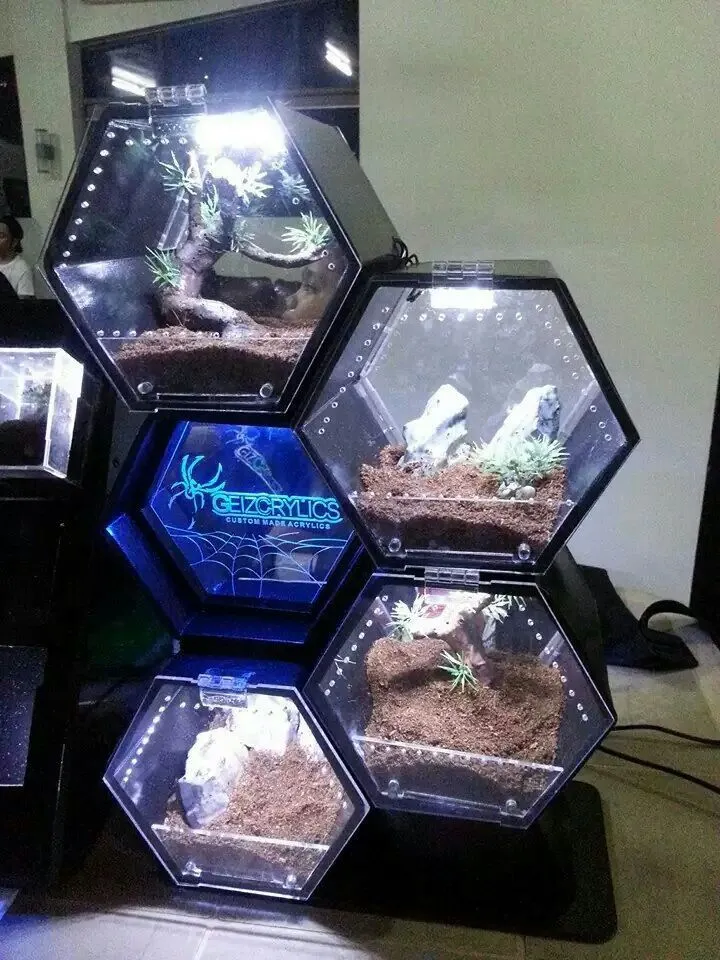
Provide a shallow water dish with fresh water at all times. Feed your tarantula appropriately-sized insects, such as crickets, mealworms, or roaches, depending on the tarantula’s size. Remove any uneaten food within 24 hours to prevent the growth of mold or bacteria. Regular feeding and watering provide the tarantula with the necessary nutrition and hydration. Monitoring your tarantula’s eating habits and adjusting its feeding schedule as needed ensures it remains healthy and thriving.
Conclusion
Creating the perfect tarantula enclosure is an essential part of responsible pet ownership. By understanding the needs of your tarantula species and providing a suitable environment, you can ensure your pet’s health, happiness, and longevity. Remember to research your specific species, provide proper ventilation, substrate, hiding places, and temperature/humidity control, and to maintain the enclosure regularly. With the right care, your tarantula can thrive in a comfortable and enriching environment, providing you with years of enjoyment.
